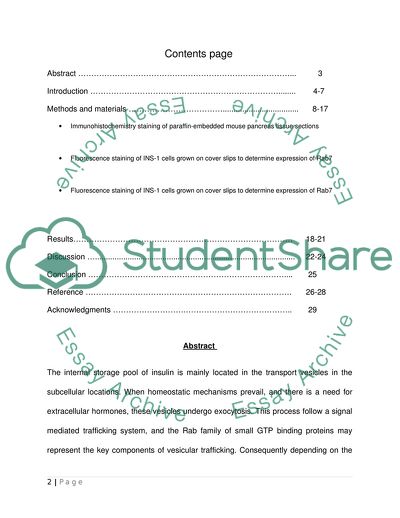Cite this document
(Regulating Endocytic Trafficking from the Late Endosome Assignment, n.d.)
Regulating Endocytic Trafficking from the Late Endosome Assignment. https://studentshare.org/health-sciences-medicine/1719882-expression-and-sub-cellular-localzation-of-rab-7-in-diabetes-type-one
Regulating Endocytic Trafficking from the Late Endosome Assignment. https://studentshare.org/health-sciences-medicine/1719882-expression-and-sub-cellular-localzation-of-rab-7-in-diabetes-type-one
(Regulating Endocytic Trafficking from the Late Endosome Assignment)
Regulating Endocytic Trafficking from the Late Endosome Assignment. https://studentshare.org/health-sciences-medicine/1719882-expression-and-sub-cellular-localzation-of-rab-7-in-diabetes-type-one.
Regulating Endocytic Trafficking from the Late Endosome Assignment. https://studentshare.org/health-sciences-medicine/1719882-expression-and-sub-cellular-localzation-of-rab-7-in-diabetes-type-one.
“Regulating Endocytic Trafficking from the Late Endosome Assignment”. https://studentshare.org/health-sciences-medicine/1719882-expression-and-sub-cellular-localzation-of-rab-7-in-diabetes-type-one.


